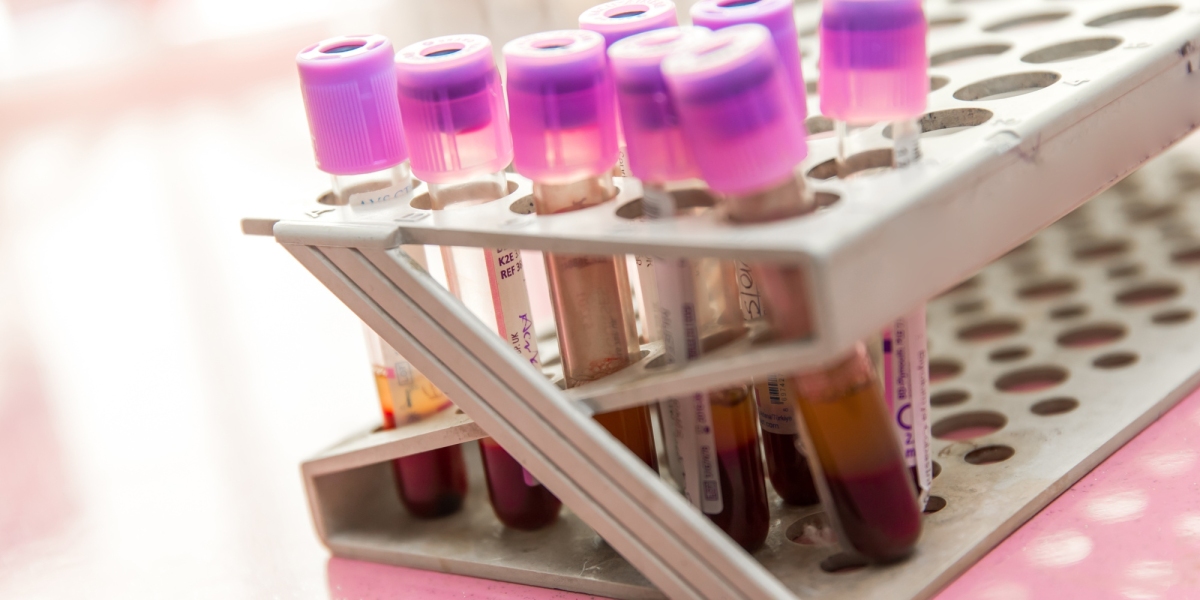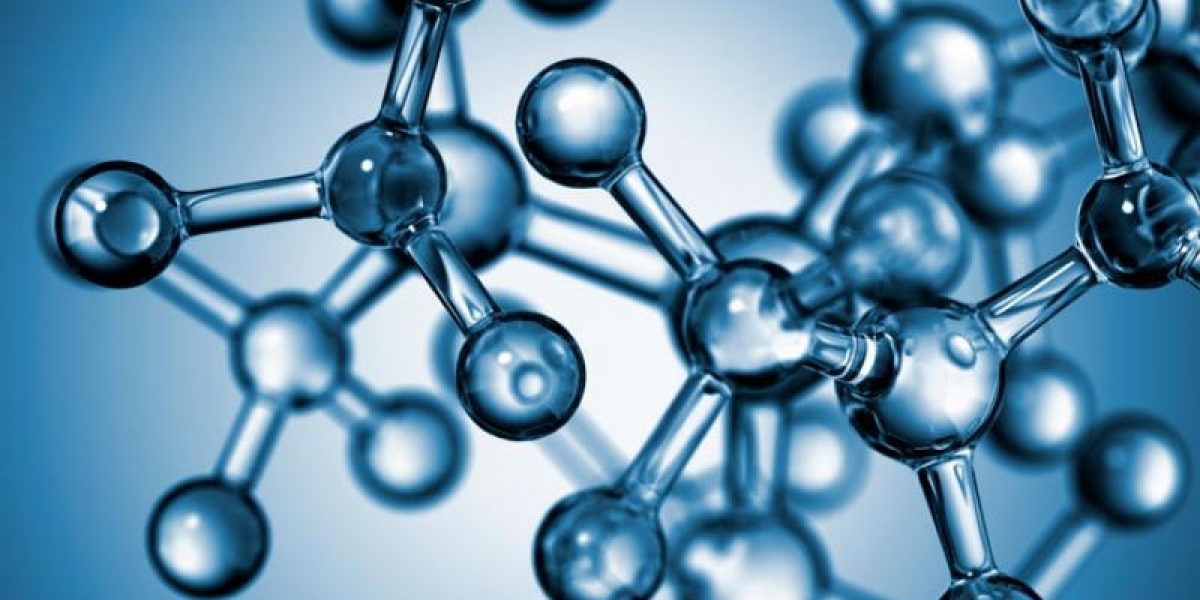Enzymes are bio-catalysts produced by living organisms to carry out biochemical reactions. They have been used for millennia in food production without much realization of their mechanism of action. However, in the 20th century, enzymes were isolated and characterized at molecular levels, opening up avenues for their application beyond food. One such major application is the use of industrial catalyst across various sectors for eco-friendly production of chemicals, materials, and energy.
Sources and Types of Industrial Enzymes
Most industrial catalyst are extracted from microorganisms like bacteria and fungi cultured through fermentation. Some plant and animal sources are also used. Based on the reactions they catalyze, Industrial Enzymes can be classified into six main categories oxidoreductases, transferases, hydrolases, lyases, isomerases, and ligases. Hydrolases are the most widely used group, which catalyze hydrolysis reactions. Examples include proteases, amylases, lipases used in detergents, food, leather, and biofuel industries.
Applications in Cleaning Products
Laundry and automatic dishwasher detergents were among the earliest applications of industrial catalyst. Proteases and amylases help break down proteins and starch from dirt, facilitating stain removal at lower wash temperatures. This saves huge amounts of energy. Nowadays, specialized enzymes are developed for different stain types. Lipases and cellulases improve oil and grease removal abilities. Enzymes also enable formulation of compact, highly concentrated powders and liquids.
Use in Food Processing
Food processing is one of the largest application areas. Amylases are used globally in brewing, baking and other grain-based food productions. Proteases help produce soy sauce, vegetarian meat analogs and tenderize meat. Lipases are used in cheese ripening and production of flavors. Pectinases aid fruit juice extraction and wine clarification. Phytases enable higher phosphorus and calcium absorption from plant feed. All these deliver improved quality, yield, consistency and reduce processing time and costs.
Production of Biofuels and Biomaterials
Enzymes play a vital role in emerging domains like bioenergy and green chemicals. Cellulases, hemicellulases and esterases are employed for economical production of cellulosic ethanol and other biofuels from abundant plant biomass. Cutinases and suberinases facilitate extraction of natural extracts from plant cuticles. Fibrous biomaterials like polylactic acid can be produced through directed enzymatic polymerization of plant-derived sugars. There is immense scope for novel enzymatic routes towards green manufacturing of polymers, fragrances, nutraceuticals etc.
Usage in Leather Processing
The leather industry relies majorly on enzymes at various stages. Proteases and other keratinases remove hair, flesh and other non-collagen proteins from animal hides, preparing them for tanning. This reduces chemical usage. Enzymes also improve dehairing, bating and degreasing steps. In post-tanning, enzymes assist in dyeing, fatliquoring and retanning. They deliver softer, high-quality leather using eco-friendly processes. Newer specialized hydrolytic enzymes are constantly researched for more sustainable leather production.
Role in Pharma and Diagnostics
Industrial catalyst help produce pharmaceutical intermediates and APIs through highly selective enzymatic transformations. This results in purer products requiring fewer purification steps. Proteases, lipases, transglutaminases, etc. aid production of therapeutic proteins, peptides and cortico-steroids. Enzymes also play a crucial role in immunochemical diagnostic kits used for conditions like cancer, liver disorders and inflammation. They provide faster, low-cost, point-of-care testing alternatives to conventional lab methods.
Advantages and Future Prospects
Use of industrial catalyst has revolutionized manufacturing across sectors like detergents, food, textiles and energy. They offer high substrate specificity, mild reaction conditions, and help achieve sustainability goals.
Global market for industrial catalyst was valued at USD 6.2 billion in 2021 and projected to grow over 6% annually due to continuous product innovation and identification of new applications. Advances in enzyme engineering, screening techniques and process optimization will further expand horizons for industrial
biocatalysis in a greener, knowledge-based bioeconomy.
Get more insights on Industrial Enzymes









